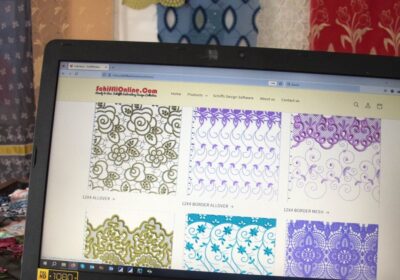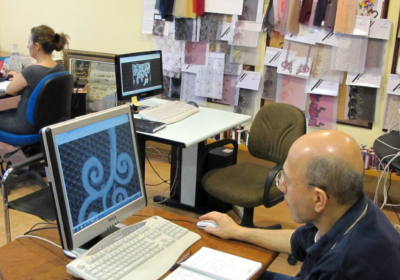Many companies have large archives of embroidery designs, that have accumulated over the years. These designs are collected in sample books or sample hangers, on punch cards gathering dust on shelves, or they are stored on old floppy disks or hard disks.

If you just have the samples, you can only scan, redesign and punch them again. In case they are punched on the old cards, you need a card reader to convert them into a digital format. You are lucky, if you still have one in working order, but it’s a time consuming undertaking to read and convert all the cards.
Designs were usually punched with old UNIX or DOS based systems, that have since been retired, are defective, or no one can operate them anymore.
Ideally you have a backup on floppy disks or hard disks, which you still can read, but you don’t know what the designs look like, whether they are useful or not.
Old designs are normally filed in an embroidery machine readable file format like Saurer sas, pls or pat, Hiraoka dat or vdt, Lässer mst or Comerio f1.
Anyway! Windows Explorer does not support these formats, so no preview is available.
ProLace 6.9 can offer a solution
AllCAD has implemented a new feature, which can import all stitch data in a folder and save a bmp Thumbnail, a jpg 3D Simulation and a dwg File in an output directory.
The dwg file can be inserted later in any design, where you can modify it, combine it with new design parts or with other imported designs.
Thanks to the thumbnail image, which the system creates on import, it will be much easier to locate useful designs and reuse them.

ProView 3D Simulation
 And don’t forget! ProView Embroidery simulations will display borer designs correctly. Also alternate color designs can be simulated and real threads and fabrics can be defined.
And don’t forget! ProView Embroidery simulations will display borer designs correctly. Also alternate color designs can be simulated and real threads and fabrics can be defined.
So the simulations reflect the real embroidery and can be presented to your customer as a first impression of a design.



